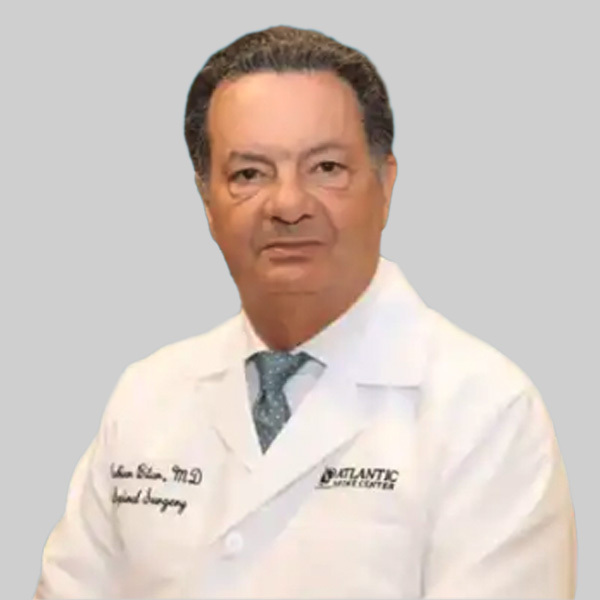What Is Torticollis?
Torticollis occurs when the top of the head tilts to one side and the chin to the other. In adults, this may occur due to an injury or infection, or damage to the neck muscles. Many people experience these symptoms temporarily after waking up with a stiff neck. Torticollis is also associated with some rare conditions like cervical dystonia.
This condition is most often seen in infants, either congenitally or developed over several months. It may be the result of a cramped position in the uterus or the use of forceps during birth, causing spasms in the rope-like sternocleidomastoid muscles that run between the ears and the collarbone. In rare cases, the congenital neck positioning is caused by fused vertebrae, called Klippel-Feil syndrome.
Torticollis Symptoms
In adults, symptoms may appear slowly, and include limited neck mobility, pain, and headaches, one elevated shoulder, swollen neck muscles, and a tilted chin. If left untreated, this can lead to chronic pain and compressed nerves. Sometimes torticollis can occur suddenly or overnight, due to carrying an unbalanced load or holding the neck in a poor posture.
In infants, the condition likely does not cause pain, and the parent may not notice it until the infant gains more control of his or her head. At that point, the baby may have trouble breastfeeding on one side, develop a lump in the neck muscles, or have a flat head from favoring one side.
Torticollis Treatment
Torticollis can resolve without treatment, but there is the possibility of relapse. In young children, the chances for success are best if the condition is caught as early as possible. To determine a diagnosis, the doctor will perform a physical examination, and possibly order X-rays and an ultrasound to rule out other conditions.
At-home exercises can lengthen the tight muscles in the neck. Parents can offer the baby his or her food on the non-favored side, or place toys within reach to encourage engagement. The baby should also get time on his or her tummy, which encourages back and neck muscle development. Your doctor may suggest physical therapy, but an infant is unlikely to need surgery.
For adults, the first line of treatment is heat and massage, along with stretching and strengthening exercises. For persistent cases, your doctor may suggest visiting a physical therapist or chiropractor. Effective medications include muscle relaxants, or botulism injections every few months. Only in the most severe cases would the patient need surgical intervention, which may include fusing vertebrae, cutting nerves or muscles, or using deep brain stimulation to interrupt spasm-causing nerve signals.
Torticollis Recovery Time
For adults with temporary torticollis caused by strain or another apparent cause, symptoms may go away within a couple days, or whenever the related condition clears up. The timeline for more severe cases will vary widely, and only a doctor can determine the right recovery process for you. For infants, an early diagnosis and careful adherence to a recommended treatment plan can lead to positive results within six months, although the condition may take up to a year to resolve.
_________________________________
EXPERIENCING PAIN? DO YOU HAVE AN INJURY?
Our Specialists are here to help.
Book an appointment with NYC’s best orthopedic specialists to discuss your condition. Fill out the form below and you will receive a call from our office within 5-10 minutes. We’ll book an appointment at a time and location that work for you, and send you a reminder by email.
Torticollis: FAQs
What is torticollis and what types are there?
Torticollis (also called “wry neck”) is a condition where the head tilts or twists involuntarily due to muscle tightness, nervous system issues, or structural problems. Types include congenital muscular torticollis (present at birth), acquired torticollis (due to injury, infection, or irritation), and spasmodic torticollis (cervical dystonia) which is a chronic neurological form.
What symptoms should make me seek evaluation for torticollis?
Common symptoms include neck stiffness, restricted range of motion, pain on one side of the neck, head tilt or rotation, uneven shoulder height, headaches, and sometimes swelling or a palpable tight muscle (often sternocleidomastoid). In infants, look for a preferred head tilt, asymmetry of neck muscles, or facial asymmetry. If symptoms develop suddenly, involve fever, difficulty swallowing, or neurological signs, seek medical attention.
How is torticollis diagnosed?
Diagnosis typically starts with a physical exam (checking posture, head/neck alignment, muscle tightness, symmetry). For infants, history of birth positioning or trauma is reviewed. If needed, imaging (X-ray, CT, MRI) may be ordered to rule out bone, disc, or neurological causes. Sometimes ultrasound is used in infants to evaluate the sternocleidomastoid muscle. Doctors will also assess for underlying causes like infection or neurological conditions.
What treatment options are available and what is the outlook?
Treatment depends on type/severity, age, and underlying cause:
-
Physical therapy & stretching exercises (especially early in infants) to lengthen tight muscles and improve range.
-
Supportive care: NSAIDs, heat, massage, muscle relaxants for pain and stiffness.
-
Botulinum toxin (Botox) injections for chronic forms like cervical dystonia.
-
Surgery is rarely needed; often reserved for particularly severe congenital tightness not improved with therapy or structural/neurologic causes that require correction.











